Mobile phone jammers can interfere with the phone service of people nearby

Some people fear that cell phone jammers could disrupt phone service for law-abiding people close to prisons. However, modern jamming technology can be narrowly targeted to minimize disruption to people outside of prison walls.
It’s time to fix the federal regulations that prohibit jamming device technology and give prisons the tools they need to fight contraband.
Installing jammers in prisons would turn inmates’ cell phones into paperweights, disrupting their criminal networks and drying up a major source of contraband.
Risks of GPS Dependence
Overreliance on GPS signals is rampant in day-to-day life from data networks, financial systems, health networks, rail, road, aviation and marine transport, to shipping and agriculture. Military platforms commonly use GPS to find their position, navigate and execute missions.
With different systems sharing GPS dependency, a loss of signal could cause the simultaneous failure of many things people rely on daily.
The European Commission estimated that six to seven percent of its countries’ GDP, representing a whopping $1 trillion, is already dependent on satellite radio navigation in Europe alone.
BAE and Lockheed are not alone in their efforts to develop better, more robust systems. Other countries have developed their systems, including Russia’s GLONASS, the European Union’s Galileo system, and China’s COMPASS.
Another related issue is the use of GPS. The FAA has been working to upgrade aging radar-based systems with GPS networks for air traffic control and positioning. It should improve safety and pilot awareness. But GPS signals are notoriously vulnerable to disruption: They’re relatively weak to begin with, using just 25 watts to send signals from satellites that are roughly 12,500 miles above the Earth. It’s so easy to block such signals that GPS jammers are sold online for $30.
Simply allocating specific radio spectrum to particular devices does not entirely solve the problem either. A recent example is LightSquared, a company that wants to build a network of 40,000 towers across the country to deliver broadband Internet access using the 4G LTE (Long-Term Evolution) wireless data protocols. The company wants to use a frequency spectrum near the existing GPS L1 band. (Consumer GPS devices typically rely on L1 signals, in the 1575.42 MHz wavelength.)
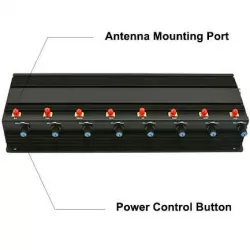
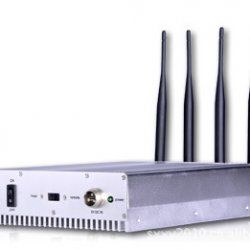
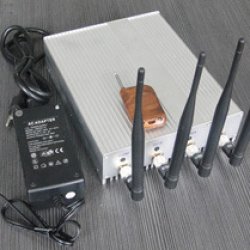

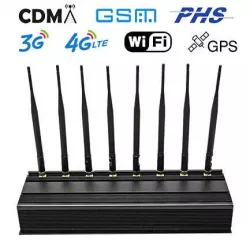
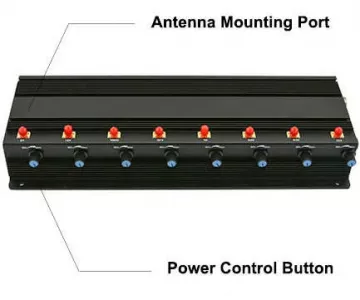
Ingen kommentarer endnu